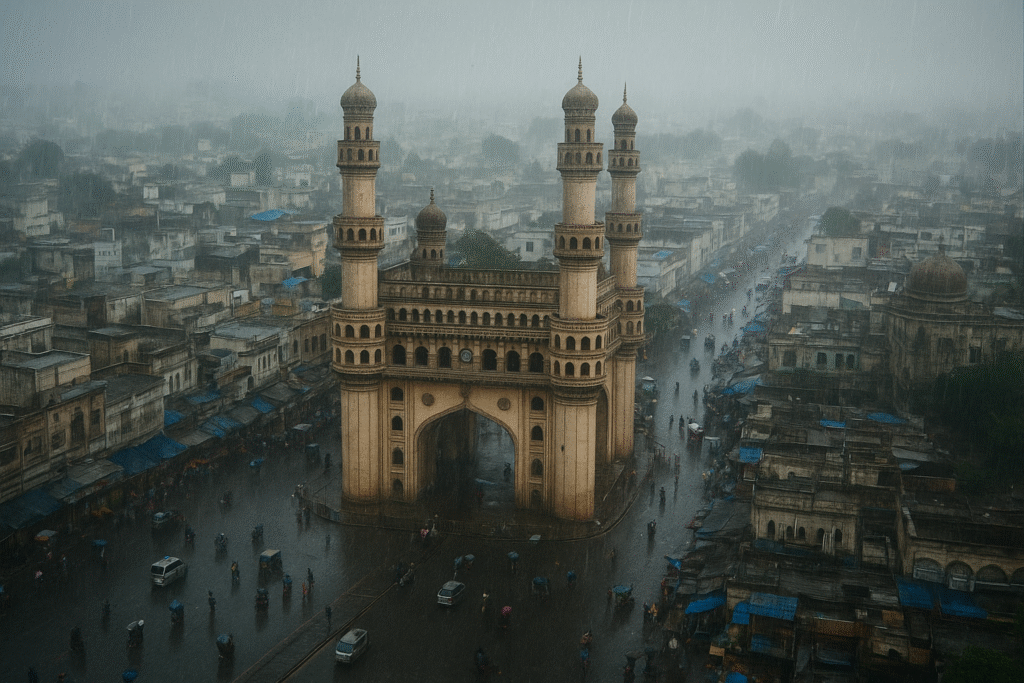In Hyderabad city, every two acres of land receives nearly one crore litres of rainfall annually. This means that a square kilometre gets about 120 crore litres of rain. Yet, in such areas, not even an inch of water is allowed to seep into the ground because most of the surface has been concretised.
Of this natural gift of water, nearly 40% is diverted into drainage lines mixed with sewage and waste. A small portion — hardly 10% — manages to percolate into the ground through soak pits or a few vacant plots. The remaining 50% flows over the roads, searching for low-lying areas. Ultimately, this 90% runoff rushes into vulnerable neighbourhoods during heavy rains, flooding poor communities that live there.
This is why every household must take responsibility for rainwater harvesting.

From my nine years of experience, I have observed that:
- 100% of people have rooftops.
- 100% receive rainfall.
- 80% have the financial capacity.
- 80% have the physical space to implement harvesting.
But many lack the knowledge, the time, or the mandate to act.
If even one responsible individual takes initiative and connects others in the same two-acre locality, it is possible to interlink resources and build soak pits quickly and economically. This way, nearly 95% of the one crore litres of rainwater falling in that area can recharge the ground. Such collective action ensures that future generations will never face a water crisis. More importantly, the rain that falls on your roof will never end up flooding someone else’s home.